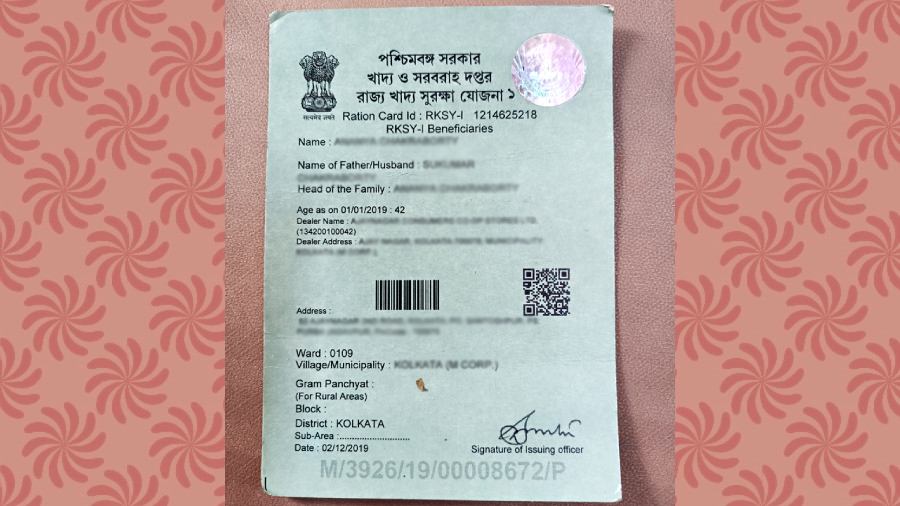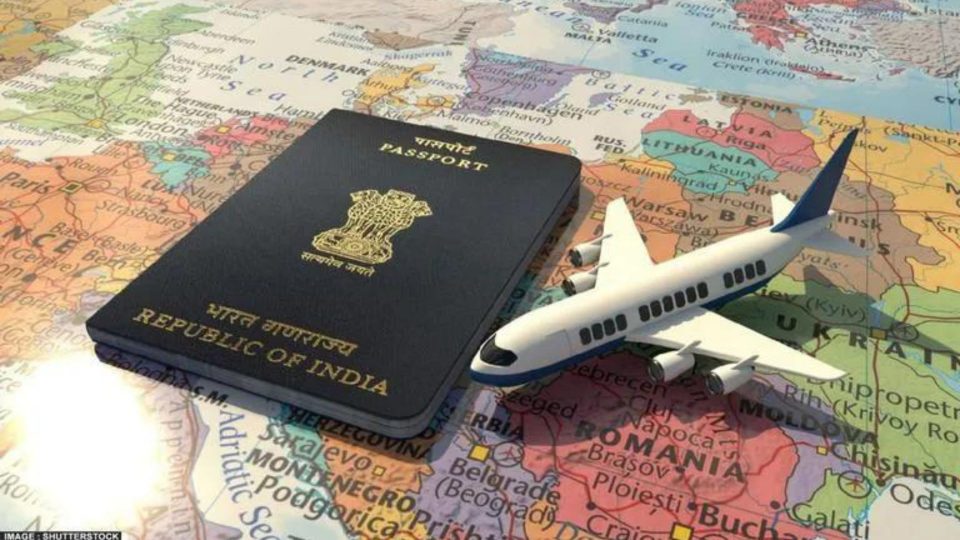
An official notification was issued by The Deposit Insurance and Credit Guarantee Corporation or DICGC to all the insured banks. The notification instructs them to display DICGC QR codes and logos on their websites and portals, including the Internet banking portal. This change is regulated to be in effect from September 1, 2023.

Instructions From DICGC
The purpose of introducing this change is to make the banking system more efficient and reliable for the customers to show more interest in availing services. As per their motive, this change will significantly influence small depositors to have more faith in banks.
Benefits of DICGC Insurance
As per DICGC insurance terms, the depositors are insured for up to five lacks. This policy covers a variety of banks, such as commercial banks, the branches of foreign banks in India, Small Financial Banks or SFB, Regional Rural Banks or RRBs, Local Area Banks or LAB, cooperative banks and others.
What DICGC Insurance Covers?
DICGC Insurance services cover all deposits made to savings and current accounts, including the deposits of RD and FD. However, it does not insure deposits made by state, central and foreign Governments, “any amount due on account of any deposit received outside India’, and State Land Development Bank deposit.”
Also read:
Want Second Monthly Income? These are the 6 Best Investment Plans
Till How Much DICGC Covers?
DICGC services cover a depositor for up to five lacks in all the valid deposits made under the insurance. This amount insured both the principal and interest amount.
For instance, if your money is deposited in different branches of the same bank, then the total of that figure, up to five lacks, is covered under DICGC insurance.
“Another important thing to note is ownership. The funds held in the same type of ownership will only be aggregated for insurance. So, if the funds are in different banks or with different types of ownership, these deposits will be separately insured,” mentioned Outlook.
“The deposit insurance and credit guarantee, which initially started with a cover limit of Rs 1,500, was increased to Rs 5,000 effective January 1, 1968. It has been enhanced several times later and reached the current limit of Rs 5 lakh, effective February 4, 2020,” further wrote.



